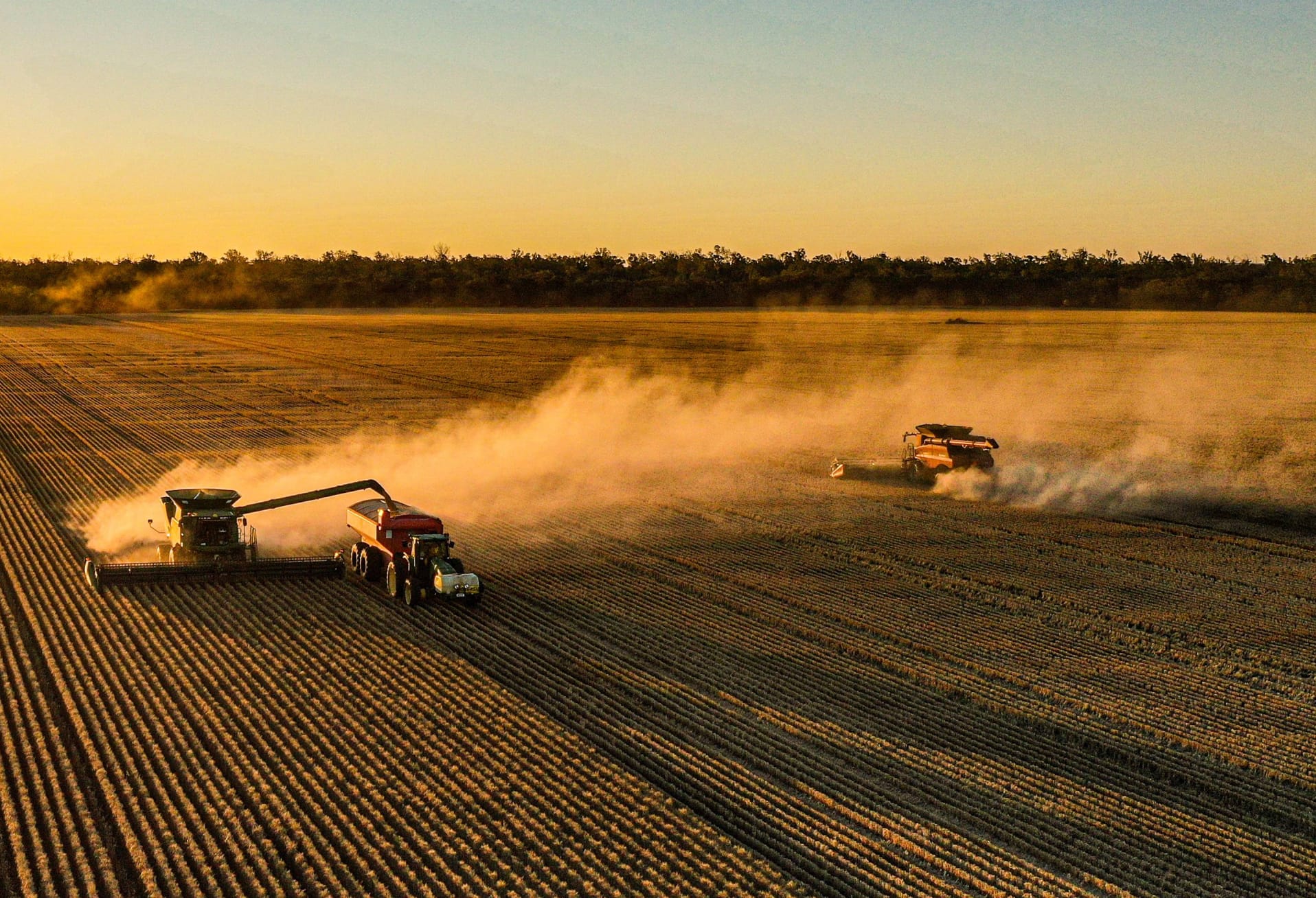Where there are grain crops in Australia, there are usually mice and while many crops can thrive unaffected where mouse populations are low, high populations can cause significant damage to crops and stored grain or fodder as well as spreading disease.
Mice numbers are favoured by many of our current farming systems (no/minimum till) as these systems aid in providing the right conditions of shelter, and food, allowing mice survival year round. Food supply is further increased when weather events such as hail or poor harvest operations increase the amount of grain left behind following a crop.
Giving birth to litters of up to 10 mice every 20 days, mouse numbers can build rapidly under the right conditions, leading to crop damage throughout the growing season. Early detection and integrated management across farm is crucial for reducing the risk of mouse impacts. Research has shown that a mouse population of 800 – 1000 mice/ha is considered a mouse plague, while anything over 200 mice/ha has potential to cause economic damage.
Monitoring
To manage mice populations surveillance and early detection are key. Growers need to note mice activity around infrastructure such as sheds, silos and grain bags. Paddocks also need attention for the presence of mice activity or holes, although the latter can be difficult in soils naturally prone to cracking as mice will use these to access deeper regions of the soil rather than making their own burrows.
Using chew cards can help with determining mice activity, but success of this approach is strongly dependent on availability of other food sources.
2023
Coming into the 2023 season, growers are advised to understand the areas of highest risk on farm for mice populations and check to see if the risk and reality align. Paddocks with high levels of cover, and/or large reserves of carry over grain should be considered highest risk.
Recommendations in the past have suggested baiting six weeks out from sowing was good practice to drive numbers down, while also managing bait avoidance if sub lethal doses were received leading into the sowing window. The success of this is largely dependent on what else is in the paddock to eat, if bait is the only option, this can have good results. Given the point we are at now, it is advisable to wait until sowing and apply bait either during the sowing process (spreader mounted to the seeder bar) or as soon as possible afterwards, to maximise the chance of mice finding the bait before other food sources or damaging crops.
Bait
For the last couple of seasons there have been two key bait options for managing mice in terms of product loading. ZP25 is the more common option we have had for a while, while ZP50 is the double strength product. Research has shown that efficacy of the high load product is greatly improved as the likelihood of mice eating a lethal dose is far higher. This outcome was observed in many cases during 2021 and 2022 growing seasons across the country. The one consideration with the high load product however is that there is now a greater focus on product stewardship if it is being used.
The extended permit gained by Grain Producers Australia (GPA) for this product into 2023 now has direction from APVMA to adopt good stewardship and reporting when this higher loading product is used, as evidence of users complying with permit conditions (does not apply to the ZP25 product). To assist growers that may have a need for this product GPA has developed a stewardship program that growers can work through to give them accreditation to purchase and apply this product and understand the use and reporting needs. If you don’t have this accreditation, you will not be able to purchase ZP50 product.
While managing mice may take a different approach in every paddock, growers need to remain vigilant and know what is happening across their properties, and recognise the need to act early for the best outcomes.
Further information
Mouse Bait Stewardship | Grain Producers AU
GRDC-Tips-and-Tactics-Better-Mouse-Management-National-2017-low-res.pdf










